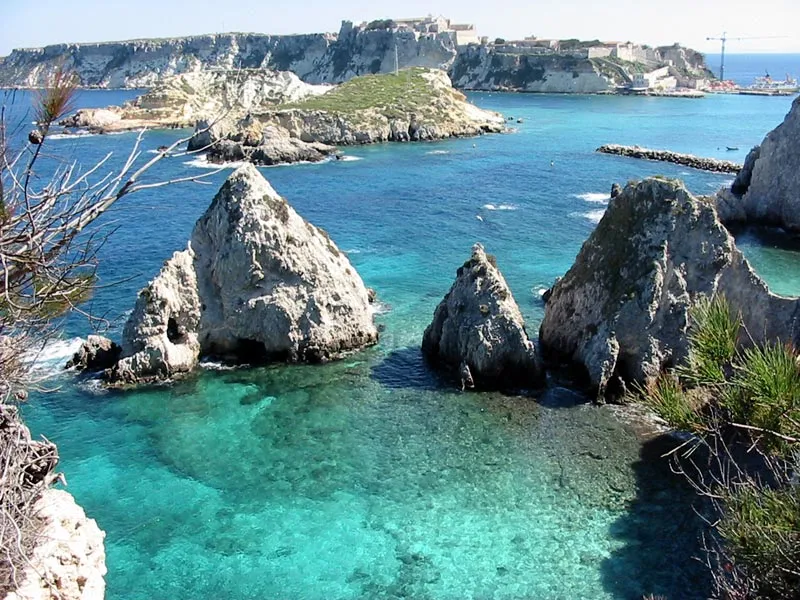Italy is a fascinating country, a "boot" full of secrets, art, culture and history. Crossing its territory from north to south, at its southernmost point we reach one of the most unknown regions: Puglia or Apulia, the heel of this so characteristic boot, a corner little exploited by tourism and that keeps for its visitors a rich repertoire of landscapes, music and architecture. It is a peninsula bathed by two seas, the Ionian Sea and the Adriatic Sea, a region that is divided into 6 provinces: Foggia, Barletta-Andria-Trani, Brindisi, Lecce (and Salento), Taranto and Bari, its capital.
Puglia is also known as mezzogiorno (noon), for its incredible atmosphere: the peace of its landscapes and the tranquility of its people give the region a characteristic atmosphere, a life that passes slowly, which stops at every moment to appreciate the beauty of the moment, of that intense sun that slows down a unique culture, and that bathes its most precious treasures, from the megaliths and prehistoric menhirs, to the imposing fortresses of Otranto or Gallipoli, passing through the immense Baroque churches such as the Basilica of the Santa Croce in Lecce, without forgetting the Trulli of Alberobello, a UNESCO World Heritage Site.
 |
| Puglia Italy |
Baroque architecture is undoubtedly one of the strong points of Puglia, adorning the facades of Lecce, Martina Franca, Locorotondo and Ostuni. Strolling through the streets of these cities, numerous sculpted faces and various decorations observe us from the buildings, witnesses to another era and who welcome their visitors and admirers. Medieval castles are another of the region's treasures. We can find them in many cities due to the domination of Frederick II during the 13th century. The most famous is Castel del Monte, which stands on top of a hill as a symbol of its power in the Middle Ages.
But if we go back even further in time, we can see remains of some of the most important civilizations that gave life to Puglia, such as the ancient wall of Manduria, vestiges of the Messapic era of the 3rd century BC. The Roman footprint is also present in the amphitheaters scattered around the area, such as the one in Lecce.
 |
| Puglia Italy |
The Itria Valley is another must-see place, where the famous Trulli of Alberobello stand, some cylindrical cabins with a cone of stones as a roof, houses that once covered the landscape between vineyards and olive groves.
The Greek influence splashes the Salentina peninsula, with the white cities of Ostuni, Cisternino and Locorotondo, among others, some cities bathed in the sun and reminiscent of the towns of the Greek islands.
For nature lovers, Puglia offers us the Gargano peninsula, a mountainous area full of oak and pine forests with several routes to do on foot. Along the coast we can see large cliffs and small fishing villages bathed by the Adriatic Sea. Underground, Puglia offers us numerous recently discovered caves (19th and 20th century), such as the Grotte di Castellana near Bari, with spectacular stalactites and stalagmites.
 |
| Puglia Italy |
The Tarantella sets the rhythm of popular festivals. It is a music that has its origin in the wave of panic that arose between the fifteenth and sixteenth centuries near the city of Taranto, where according to legend, a woman was bitten by a tarantula and to remove the poison from her body she had to sweat. Moved by hysterics or superstition, the inhabitants of the area began to dance frantically in pairs, in circles, etc., to the rapid rhythm of the mandolin.
We encourage you to enter the most interesting corners of this beautiful region of Italy, a totally genuine area, still little exploited by mass tourism. Welcome to Puglia.
